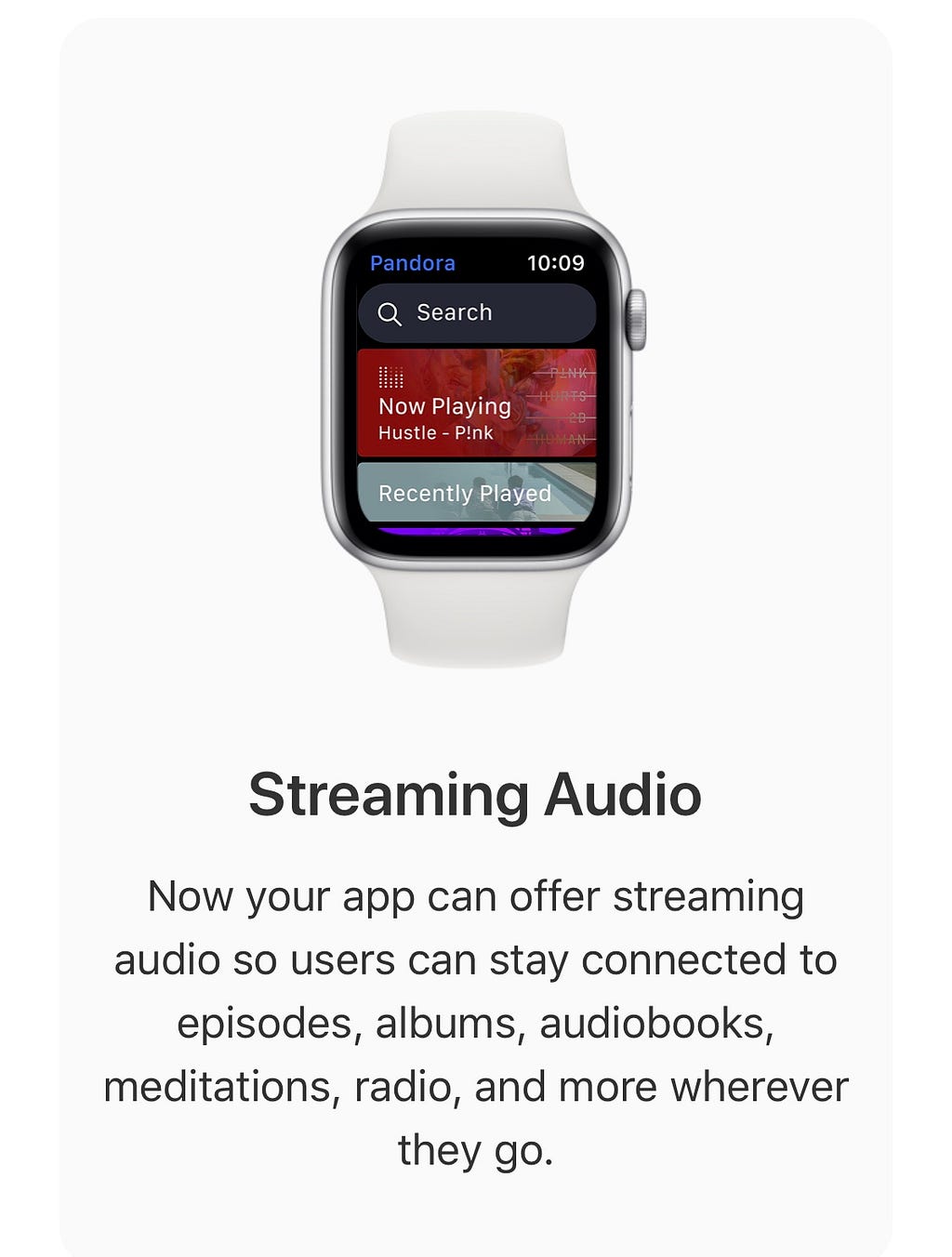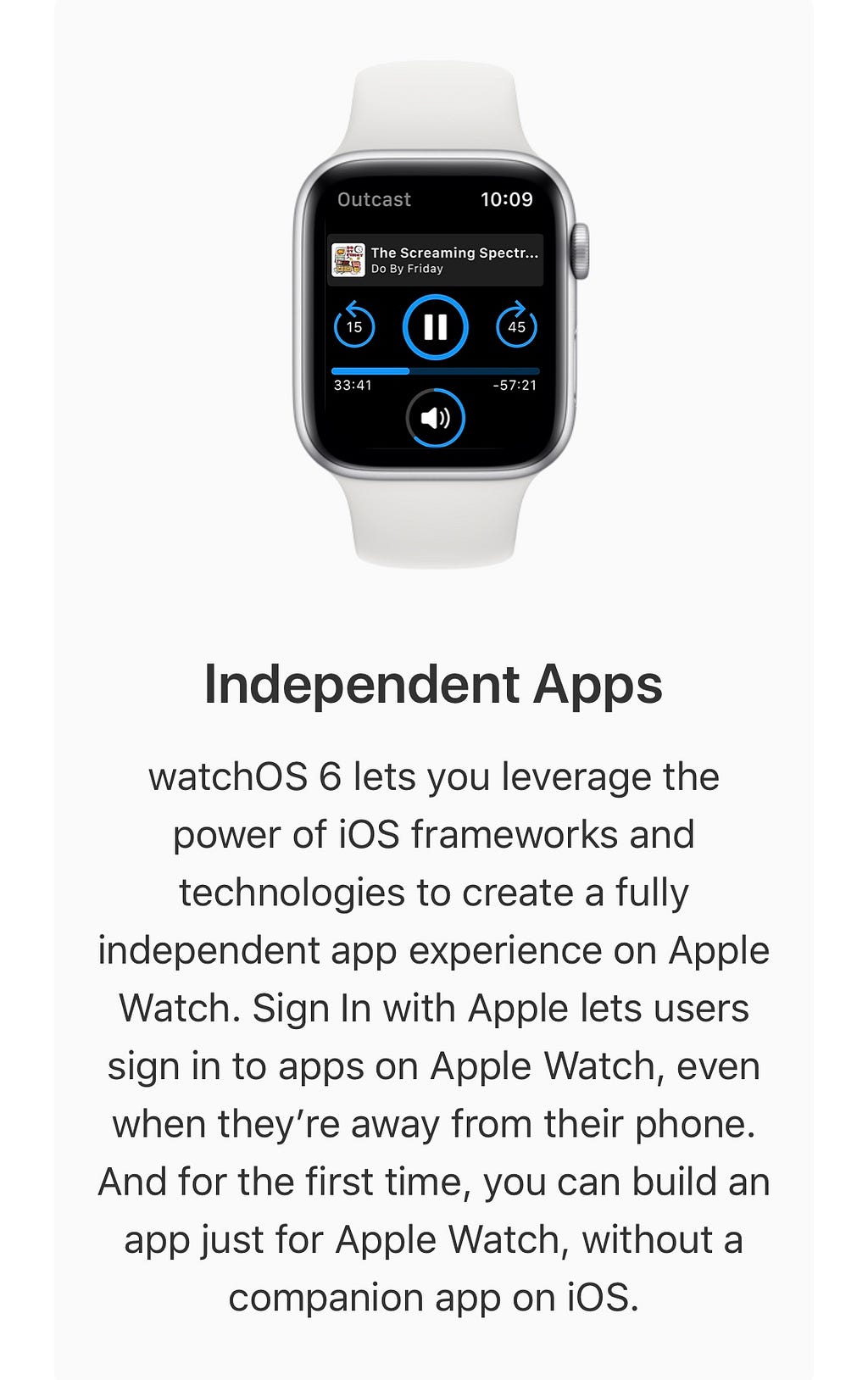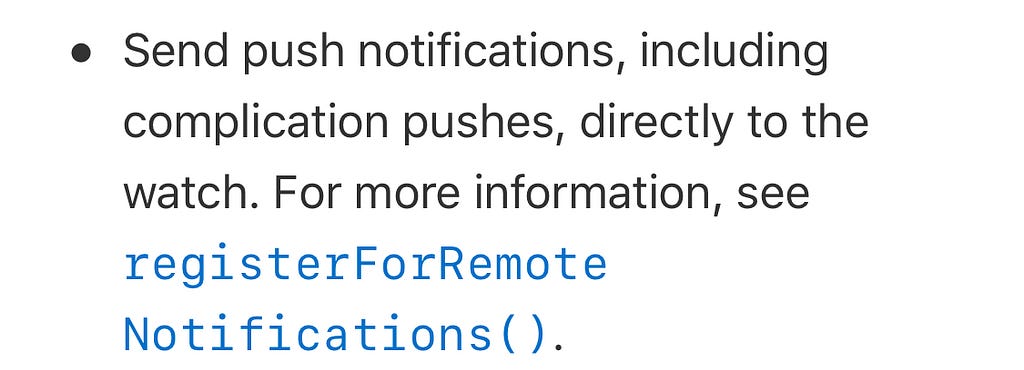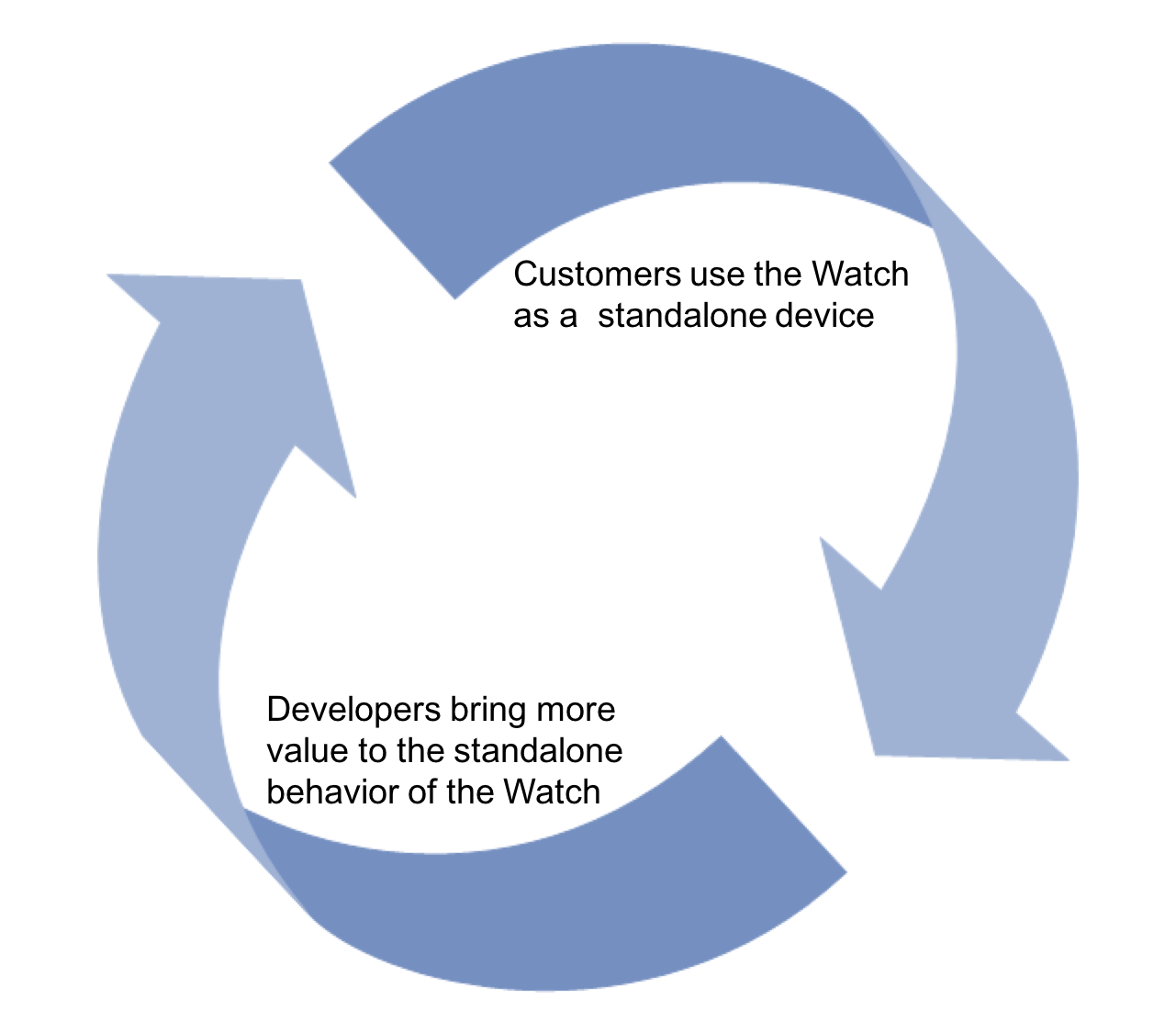Latest news about Bitcoin and all cryptocurrencies. Your daily crypto news habit.
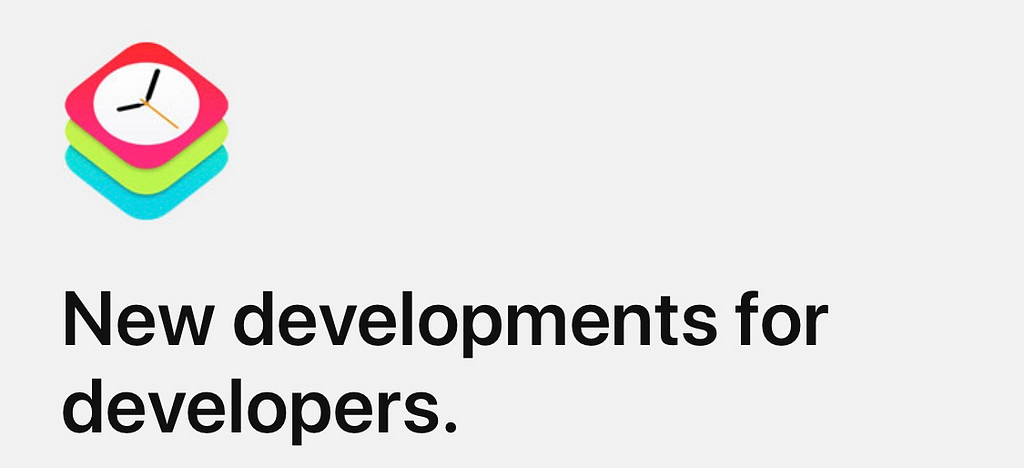 Apple has announced new capabilities and versions for its different operating systems, but one specific thing may be huge
Apple has announced new capabilities and versions for its different operating systems, but one specific thing may be huge
Yesterday Apple presented its Worldwide Developer Conference, with lots of announcements that I will not cover here, because there are lots of other places which will cover it much better than me.
But one specific announcement got me excited, because it continues a path I have been discussing for a while and that I believe holds a lot of potential for the creation of a new ecosystem of devices and services.
I am referring to the announcements around Watch OS 6.
Replacing the SmartPhone
In the past I have discussed how the path to replace the smartphone as the main consumer device category will go by splitting many of its capabilities across multiple, more focused devices. This I call the Smartphone Disintegration.
The Apple Watch (and the AirPods) will play a role on this, but currently is not a realistic expectation because the Apple Watch is fundamentally an accessory for the iPhone, and as such it cannot replace it.
For that to happen it was important that:
- The Apple Watch could be a connected device independently from the iPhone.
- Applications could bring relevant valuable functions that will drive users to confidently leave their phone at home from time to time.
The first point was covered last year with the launch of the cellular-enabled version of Apple Watch. But, as I discussed in the past, the limitations present in what developers can do with that connectivity did not made the second point real.
This is starting to change with Watch OS 6.
Now Spotify on your Apple Watch. For real.
When Watch OS 5 was announced, it was mentioned the support for applications offering background audio. But this functionality did not support real streaming in the Watch, just playlist synchronization for offline playing. I mentioned in my post from last year that this was aimed to provide a “battery friendly” solution, but fell short for supporting alternatives to Apple Music (mainly Spotify) working over cellular in phone-less mode.
This changes with the latest announcements for Watch OS, that will finally support streaming audio (with no mention of Spotify, of course, but this is what that *really* means):
This may not feel like a huge thing, but providing users the choice to keep their existing preference (Spotify vs Apple Music) in a device they can use independently, is an important step to drive phone-less use.
Support for Independent Apps
Up until WatchOS 5, applications for Apple Watch were little more than widgets for applications running on iPhone.
For starters, you couldn’t have an independent app in the Watch that was not associated with a “full app” on your phone. While in theory apps could leverage the Watch connectivity (cellular for models that support it, or Wifi on the rest) if the phone was away, in the end most of the expectation was that apps would be used somehow in conjunction with the phone.
This has driven many developers to stop Watch application support over time, understanding that, if the user is carrying their phone anyway, the value of the Watch is limited at best. The latest to do this has been Niantic, developers of Pokemon Go, that have announced the discontinuation of their Watch App, one of the flagship apps for Watch announced in 2016.
But this may now change with Watch OS 6, because now applications can be developed without being a companion to an iOS app, which will drive focus into connected experiences leveraging the Watch connectivity. An in-Watch AppStore will give access to them, so now the device is less an accessory and starts to get its own identity with specific apps.
But the key are notifications
But in the end, applications in the Watch still present lots of usability issues. Opening and operating them is often cumbersome, and in practice the main interaction model is reactive: receiving a notification and responding to it. The main capability the Apple Watch brings is raise to our attention relevant things happening (a message, an Uber arriving, a Calendar event…) through notifications in our wrist.
The problem until now, was that notifications from applications were only forwarded from the iPhone to the Watch if they were close by. So users with a cellular Watch leaving their phone at home would only get notifications from a handful of native capabilities form Apple: iMessages, Mail, Calendar and little else.
If you rely in WhatsApp for communications, or want to get notified of your Nest cam telling you if someone gets into your home, or you are expecting an important message via Slack… well you cannot leave your phone at home or let it run out of battery. So why spend the extra money on the cellular connection for Apple Watch?
Now Watch Apps will be able to receive push notifications without requiring to go via the iPhone. As the developer documentation from Apple states:
Notifications are the right experience for Watch applications, and making them work without the iPhone is what can drive a real ecosystem of phone-less value and real reason to get an additional cellular plan for an Apple Watch.
Of course, this depends on developers actually working on this (which may be difficult from some applications, like WhatsApp, to do) so that can jumpstart the virtuous cycle.
The most important announcement from WWDC19 was originally published in Hacker Noon on Medium, where people are continuing the conversation by highlighting and responding to this story.
Disclaimer
The views and opinions expressed in this article are solely those of the authors and do not reflect the views of Bitcoin Insider. Every investment and trading move involves risk - this is especially true for cryptocurrencies given their volatility. We strongly advise our readers to conduct their own research when making a decision.
